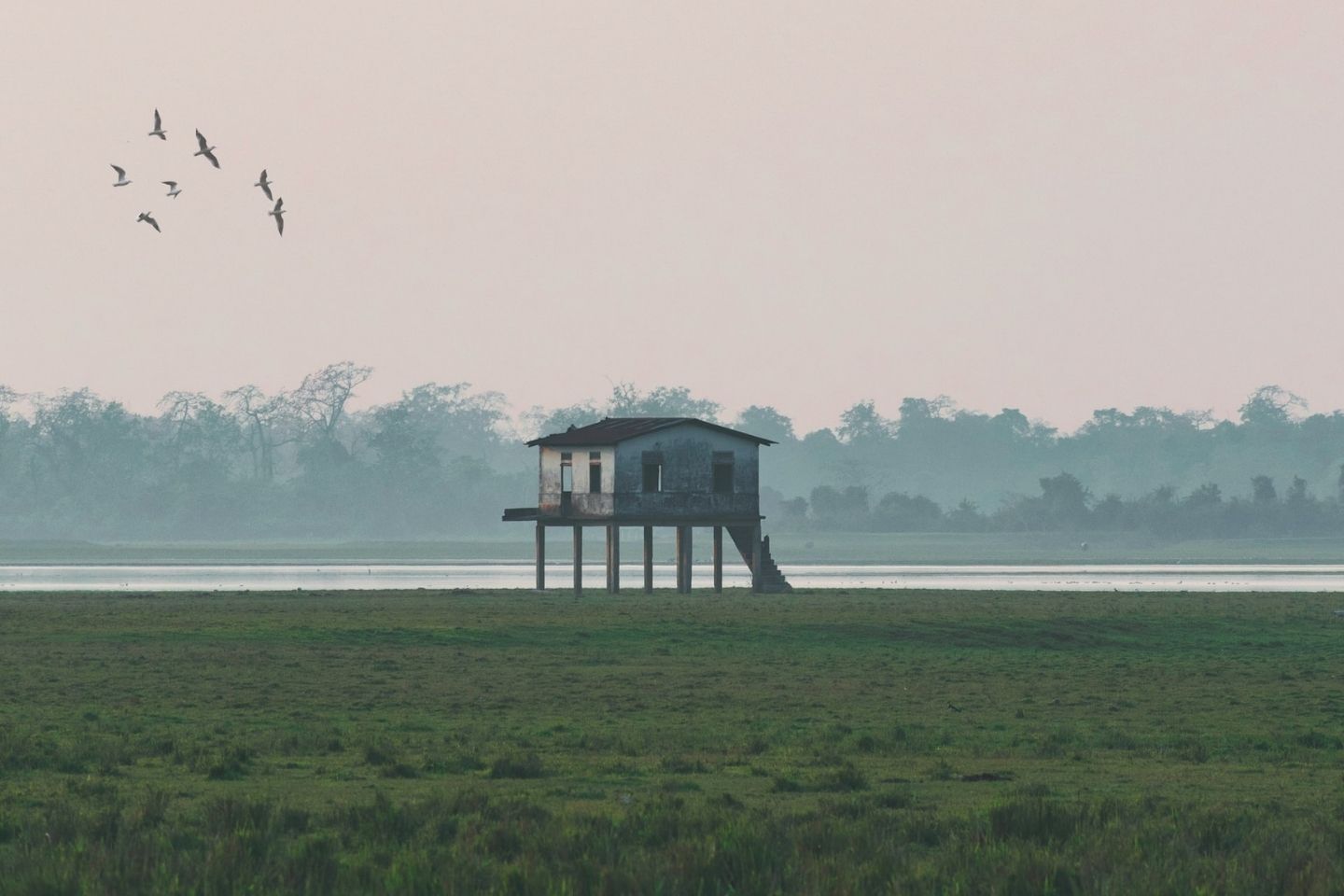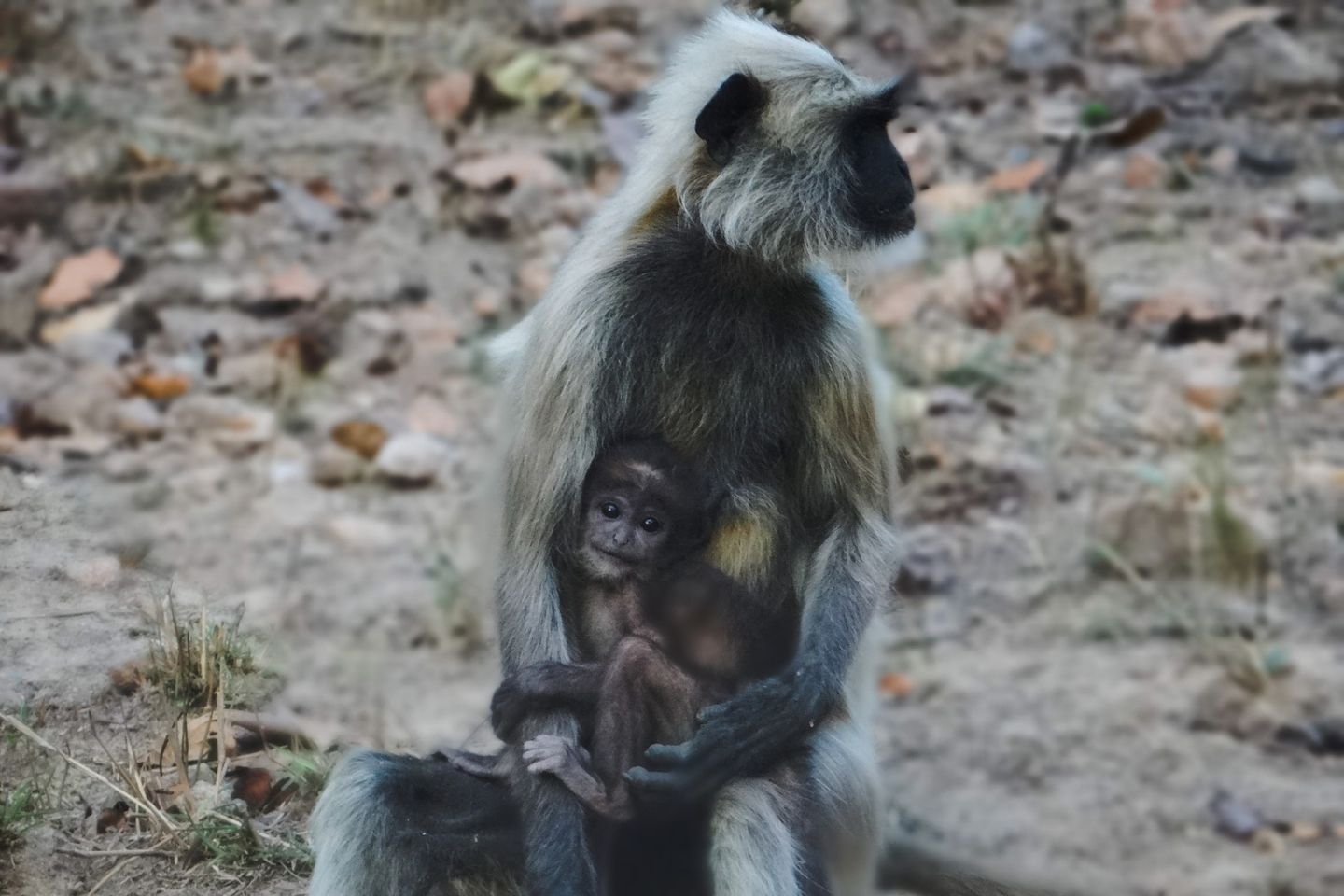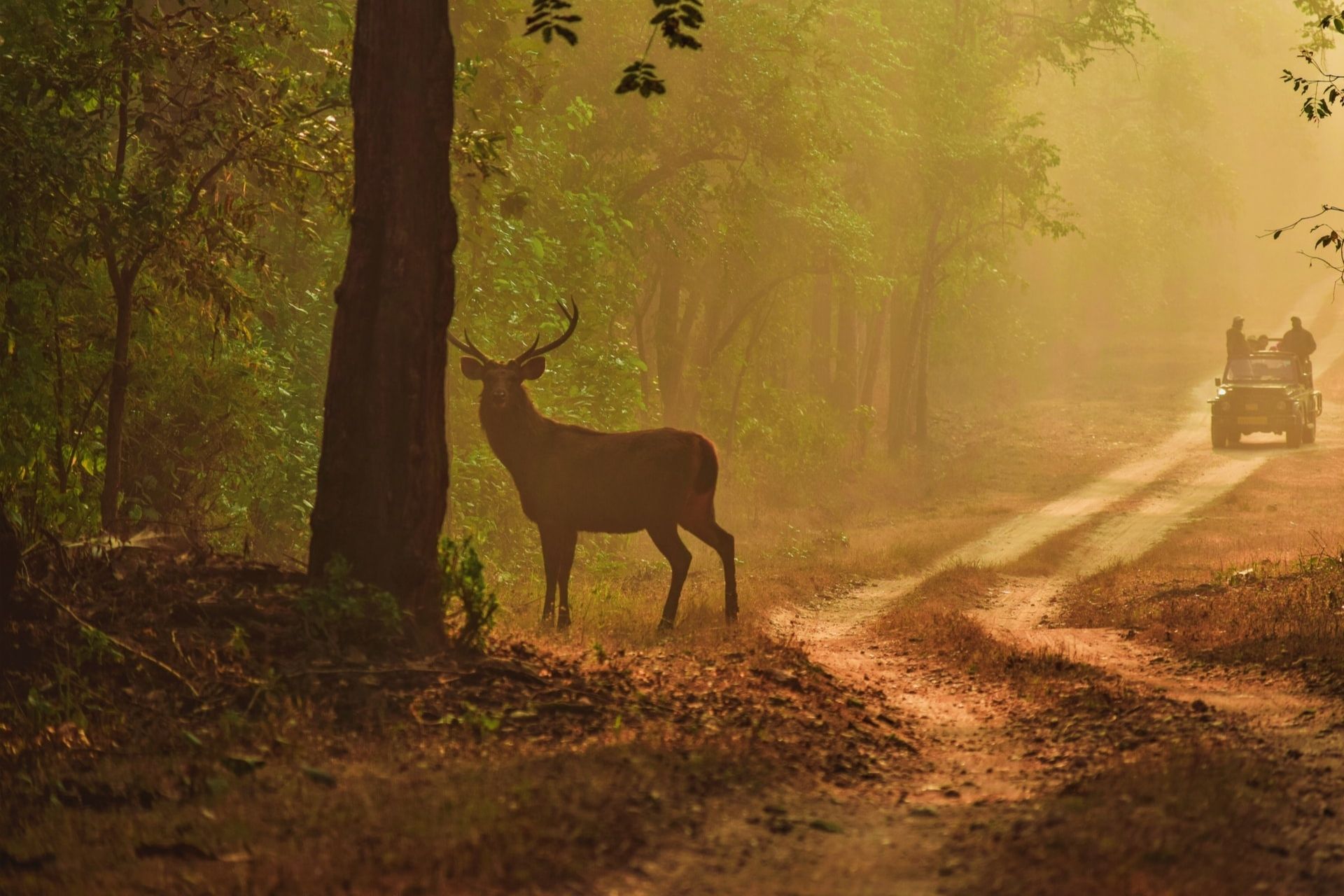National parks are vast spaces of natural landscapes that offer a wide range of geographical and climatic diversity. They are treasure troves for nature lovers. Within the boundaries of a national park, you can find an entire ecosystem. National Parks exist across varying terrains of the country, from the soaring Himalayan mountain range, lush rain forests in the Western Ghats, to the arid Thar Desert.
As forest cover came down below 22%, various locations were identified to preserve the species thriving in the region. The Indian subcontinent is home to around 10% of the world’s species. Indian National Parks are home to not only wild animals but also native and migratory birds.
In 1971, the first-ever tiger census found just 1,800 wild tigers in India. This raised an alarm and everyone agreed that something needs to be done. National Parks are great to preserve species of animals and plants from becoming extinct due to over-exploitation by humans. As a result, two years later both the Wildlife Protection Act and Project Tiger were created to conserve the population of Indian Tigers.
Around 103 National Parks including 50 tiger reserves in India protect the biodiversity of the region. Around 70% of the world’s total wild tigers, white lions, sloth bears, and hundreds of bird species are preserved amidst their natural habitat.
India follows only China and Thailand in Asia for the number of national parks in Asia. There is immense variation in the geographies of national parks of India as they include Tiger Reserves, Desert Sanctuaries, Bird Sanctuaries, Marine Parks, and even a Floating National park.
For most of the national parks, the best time to visit is from October to March as the weather is pleasant. While during monsoon the accessibility to most of them is limited and the summer sun is scorching in the wild, so other times of the year are not suitable.
1. Jim Corbett National Park

Situated in the foothills of the Himalayas, Jim Corbett National Park is a must-visit for wildlife enthusiasts and nature lovers. It is the oldest national park in India set amidst the breathtaking landscape. The park houses many endangered species such as the Bengal tiger which makes it part of an even larger region known as Corbett Tiger Reserve.
In Jim Corbett National Park, only 180 vehicles are allowed to enter the park in a day. However, safaris can be organized throughout the year by the forest officials at Jhirna and Dhela tourism zones as well as the Sitabani zone.
The Jim Corbett National Park was established in 1936 as Hailey National Park and named after naturalist and hunter Jim Corbett. The park was the first place where Project Tiger had been launched back in 1973 with an area of more than 500 sq km divided into 5 zones: Bijrani, Dhikala, Jhirna, Domunda Sonanandi to promote tourism in India.
Famous for its wildlife safaris, the Jim Corbett National Park is visited by nature lovers from across the globe. It has multiple resorts set on the riverside for an adventurous stay amidst the wild. Home to more than 650 species of rare and migratory birds, Jim Corbett is a haven for bird watchers as well.
The most popular attraction at this national park is Dhikala which provides sightseeing activities like boating in Patli Dun Valley. You can enjoy stunning views of the rich biodiversity along with an opportunity to view some exotic wild animals up close from your resort’s terrace itself.
2. Kaziranga National Park

Kaziranga National Park is home to one of the largest populations in India for one-horned rhinos. This national treasure has rich flora and fauna. It is shared by Nagaon, Golaghat, and Karbi Anglong districts which are roughly at the center of Assam state.
Around 5 hours from Guwahati it is one of the most successful wildlife conservation projects in India to be awarded as a UNESCO World Heritage Site since 1985. The national park is located within North Eastern Indian states in the Nagaon district. It is approximately five hours away from Guwahati city sheltering a large number of species.
Kaziranga National Park is a wildlife refuge in the floodplains of the Brahmaputra River. It’s characterized by tall grass, marshlands, and tropical broadleaf forests. The park has many rare species of animals including one-horned rhinos, Asiatic elephants, wild water buffalo, leopards, and Royal Bengal tigers which are also listed as endangered species. Kaziranga tiger reserve at this national park is rich with a high population density for tigers and other animals.
There are different types of birds that make the park a bird watcher’s paradise. The migratory bird, black-nested stork flies down from the Northern region to this part of India each year. Other notable species include White-fronted goose, Ferruginous duck, Baer’s pochard duck among many others like great Indian Hornbill and Wreathed Hornbill which make their home here too.
Safaris are a popular activity to enjoy at this national park. Tourists can go on safari during the day or night, and even take an elephant ride. However, hiking is not allowed here to avoid accidents due to wildlife roaming around freely in their natural habitat. The goal of tourism management from the government’s perspective is for tourists and conservation work harmoniously, which has been seemingly achieved very well so far.
3. Kanha National Park

Kanha National Park is located in central India and has been ranked as one of the best national parks in Asia. The park consists of 940 square kilometers, divided into two sections: Hallon Wildlife Sanctuary & Banjar Wildlife Sanctuary.
In total there are 22 species of large mammals including Bengal tigers which attract many visitors to Kanha every year because they are considered an endangered species with a decreasing population worldwide. The decrease in the number of animals was due to deforestation and poaching among other factors related to their habitat loss or changes.
The National Park was established in 1955 and has since then actively contributed to the preservation of many endangered species. Kanha Tiger Reserve came into being in 1973 under Project Tiger Reserve to protect tigers residing in the region.
It houses abundant flora and fauna including one of the rarest deer- Barasingha. One of the most scenic wildlife reserves in Asia, Kanha National Park became popular worldwide through Rudyard Kipling’s book – The Jungle Book.
Kanha National Park is a popular tourist destination in India as well as home to some of the deadliest reptiles including cobras and kraits. These deadly venomous creatures attract snake lovers from across the globe.

